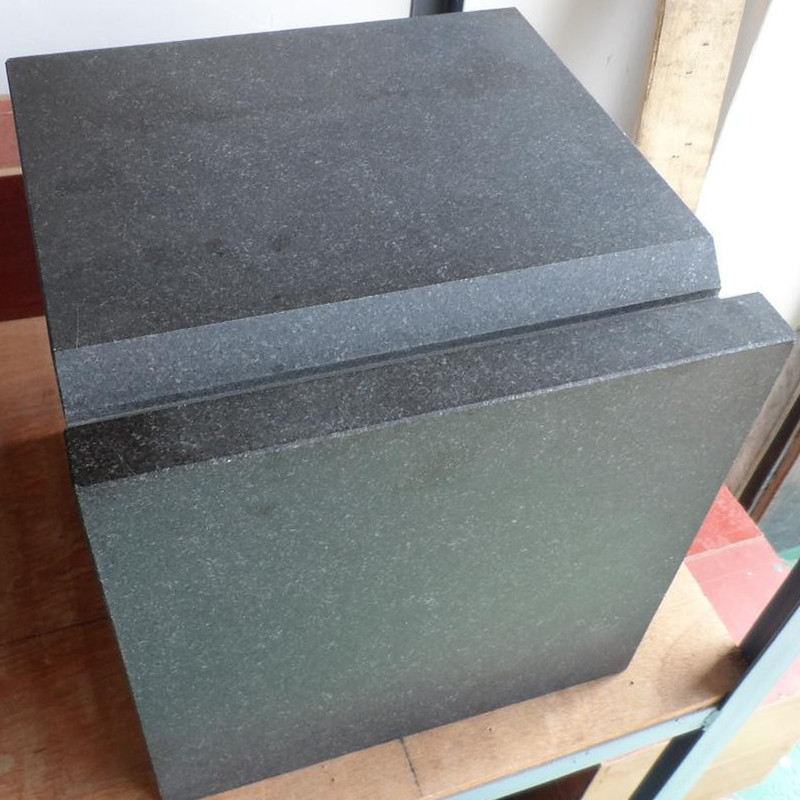Th10 . 11, 2024 09:08 Back to list
hydraulic ball check valve
Understanding Hydraulic Ball Check Valves
In the realm of hydraulic systems, the efficiency and reliability of components are paramount. One such crucial component is the hydraulic ball check valve, which plays a significant role in maintaining the flow of fluids in various applications. This article delves into the function, design, advantages, and applications of hydraulic ball check valves, providing a comprehensive understanding of their importance in hydraulic systems.
What is a Hydraulic Ball Check Valve?
A hydraulic ball check valve is a type of one-way valve that allows fluid to flow in one direction while preventing backflow. This valve utilizes a ball, usually made of durable materials like stainless steel or plastic, as its closing mechanism. When fluid flows in the desired direction, it moves the ball away from the valve seat, allowing flow. Conversely, if there is a reverse flow or a decrease in pressure, the ball is pushed back into the seat, effectively sealing the valve and stopping the backflow.
Design and Components
The basic design of a hydraulic ball check valve consists of a valve body, a ball, and a seat. The valve body is typically cylindrical and is designed to withstand high pressures and temperatures. The ball is housed within the valve body and is of a size that allows it to move freely when fluid pressure is applied from one side. The valve seat—often made of polymer or metal—forms a tight seal with the ball when it is resting in the closed position, preventing any fluid from leaking back.
Reliability is a critical design aspect, ensuring that the valve operates smoothly over time without seizing or jamming
. Manufacturers often produce ball check valves in various sizes and pressure ratings to suit different industrial applications.Advantages of Hydraulic Ball Check Valves
1. Effective Backflow Prevention The primary advantage is their ability to prevent backflow, which can cause contamination and damage to hydraulic systems. 2. Low Maintenance Due to their simple design, ball check valves require minimal maintenance, reducing operational costs and downtime.
hydraulic ball check valve

3. High Flow Capacity These valves generally offer a lower pressure drop due to their streamlined design, allowing for efficient flow without excessive energy loss.
4. Versatility Hydraulic ball check valves can be utilized in various applications, including water supply systems, oil and gas industries, and manufacturing processes.
5. Durability Constructed from robust materials, these valves withstand harsh environments and high fluid pressures, ensuring long service life.
Applications of Hydraulic Ball Check Valves
Hydraulic ball check valves serve a diverse range of applications across different industries. In the oil and gas sector, these valves help prevent backflow and protect equipment by ensuring that pressurized fluids do not leak back into pipelines. Similarly, in water treatment facilities, they prevent contamination of clean water supplies. Manufacturing and processing plants also employ ball check valves to maintain the integrity of hydraulic systems and facilitate the smooth operation of machinery.
In agriculture, ball check valves are used in irrigation systems to maintain water flow and prevent drainage when pumps are turned off. Their ability to function effectively in high-pressure environments makes them a favorite choice in various hydraulic applications.
Conclusion
In summary, hydraulic ball check valves are essential components in maintaining the efficiency and reliability of hydraulic systems across numerous industries. Their design, which enables effective backflow prevention, combined with their low maintenance requirements and high durability, makes them invaluable in applications ranging from industrial processes to agricultural operations. As technology advances, the demand for these valves is likely to grow, further underscoring their importance in modern hydraulic engineering. Understanding their function and advantages can help engineers and technicians make informed decisions when designing and maintaining hydraulic systems.
-
thread-plug-gauge-our-promise-of-measurement-excellenceNewsAug.22,2025
-
gauge-pin-class-reflecting-quality-legacyNewsAug.22,2025
-
check-valve-types-for-high-rise-buildingsNewsAug.22,2025
-
water-control-valve-for-irrigation-systemsNewsAug.22,2025
-
gate-valve-with-soft-seal-technologyNewsAug.22,2025
-
y-type-strainer-for-oil-and-gas-applicationsNewsAug.22,2025
Related PRODUCTS









